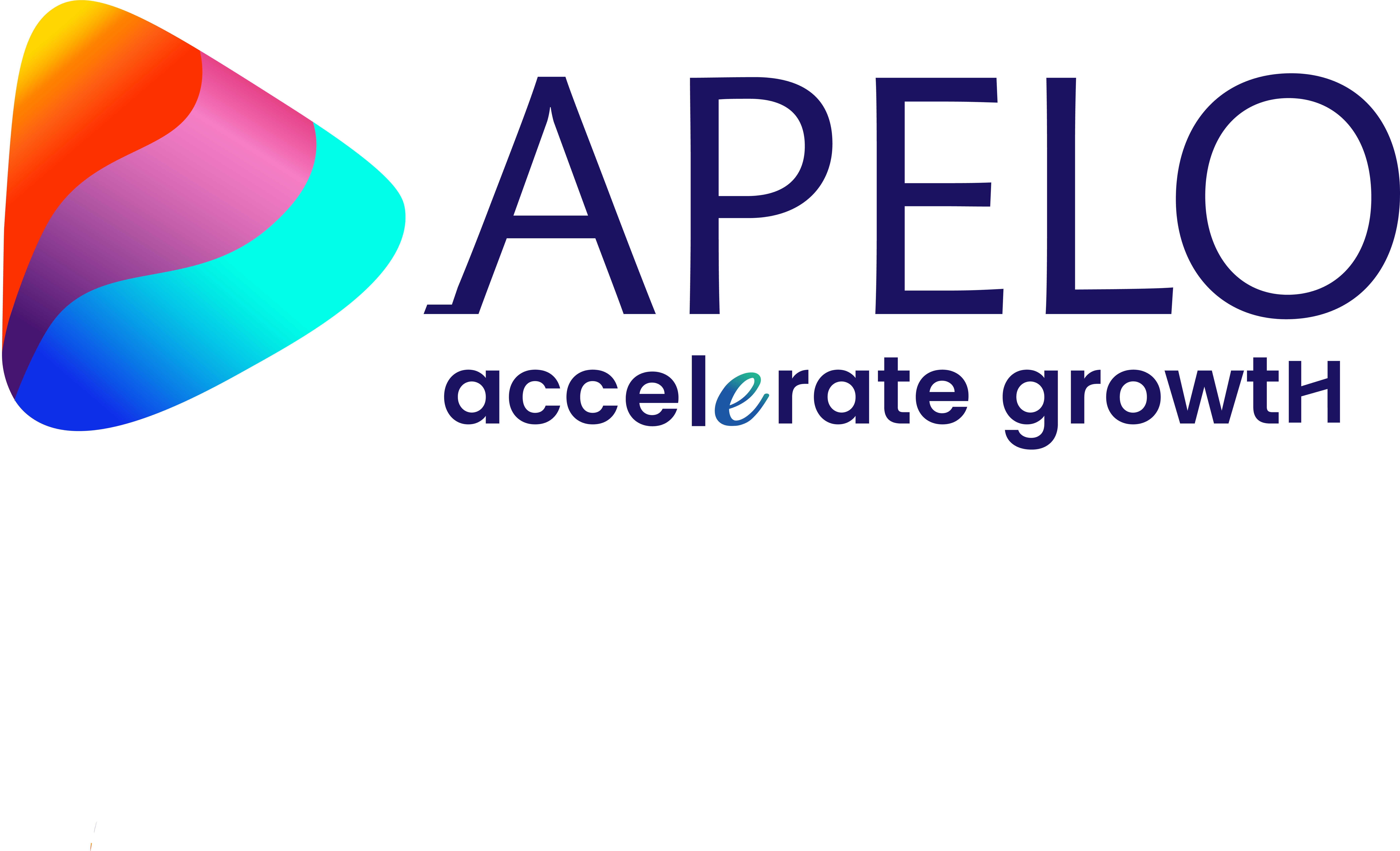Knowledge is power, but data is useless unless correct filters and analytics are implemented. KOL mapping provides the ability to identify leadership worldwide, not only by category but also by share of voice and population influence as well as adoption behaviour.
KOL mapping acts as a driving tool that cuts through the information layers to get to what is really relevant for effective product marketing. These days, there are more ways to engage across multiple channels and locations, and more dimensions to gather information. The more data generated, the better the decision-making process should be.
What is KOL Mapping?
The technology allows to dig deeper into the multiple KOL mapping levels and to classify more than just the top decile docs. Today’s KOL mapping is no longer about just recognizing the obvious national leaders, but also discovering those at the local level that are shaping their own societies. KOL mapping is a very particular tool that can provide a database of KOLs that are most visible and heard by the community. The performance is very granular and gives an appreciation of how important each specific voice is, compared to other specialists’ knowledge and respect.
The data allow companies to identify the best KOLs to talk at conferences, hold workshops or attend dinner meetings, other advantages include being able to monitor the activities and professions of KOLs that are essential to the company and constantly updating the details. Having the right KOL on board creates a buzz about innovative products or services and helps to improve the condition.
How does it benefit?
There are certain advantages to keeping a track of KOL activities and KOL careers by using a mapping process, it often provides an opportunity to familiarize yourself with a specific KOL before approaching him or her for a first meeting or commitment. This kind of planning results in a more fruitful experience with the KOL as the representative of the company is already aware of the key strengths and what kind of relationship can be established, KOL mapping often enables the size and distribution of key regional workers, and allows a company to use its resources more efficiently.
In order to achieve the best results, KOL mapping should integrate all the right data sources with influence and network analytics, as the trusted group has more leverage in driving adoption than data sets would suggest. Just because someone is nationally or internationally known as an opinion leader for their studies or published articles, they will not necessarily translate into a position of peer leadership that generates a pattern of acceptance in local communities.
All activities related to product or service acceptance derive from multiple types of linkages and data viewpoints that need to be analyzed. Mapping can recognize those prominent opinion leaders who, through peer debate, can generate a buzz even before a product reaches market.
A brand team looking to set up their advisory boards, account planning, and brand positioning testing can look at a KOL mapping study to identify such specialists early in their planning for marketing. It’s not just about finding speakers, but rather using KOL techniques to provide innovative thinking appropriate for unmet needs. For example, mapping can be used to find opinion leaders who can come up with the issues that have not yet been raised or addressed and who can resolve any challenges and concerns.
Possible Roadblocks to Effective Mapping
Every approach for identifying KOL must be able to demonstrate the effect of a KOL by using evidence rather than biased personal opinions. A solution that offers accurate and functional KOL information should be selected instead of leaving the end user with data mountains and overloaded possibilities.
Many companies believe they already know how to identify and map KOL, but we would warn them to make sure they really understand community networks, think about market leadership, make sure those networks are the right ones to meet their needs. Organizations need to integrate multiple viewpoints of data and use steps that fit with their target. Some firms still incorporate KOL referrals from sales reps, and there is no validation that those people are KOLs. Just because someone is hired as a KOL, and labeled as one, does not make one of them. Mapping is a strong component of many KOL development strategies. Key opinion leaders have been identified through their affiliation, their speaking engagements and the publication of their findings. Today, with more avenues to gather information and more places to collect it, mapping has become more science than art.
The way mapping fits into this context is that businesses now have new techniques in their strategic structures to define and position these KOL goals in. KOL mapping today brings much more knowledge to the table and businesses can thus determine the extent to which each KOL is affected to a very sophisticated extent. Today’s more advanced KOL mapping provides the advantage that several variables are incorporated into the identity process at the same time, offering the ability to target KOLs that are specialists in a given field and have multiple links within a given community.
One of the challenges is making sure the surveys are adequate and asking the right questions for the goal. For example the data will be compromised by questions that are contextually wrong. A KOL that doesn’t have the right experience, or if it’s too closely aligned with the firm, could be a downside. It is important to keep the audience and the purpose in mind while designing the primary survey questions.
Being a technique that is now widely acclaimed to be a crucial step to analysis of industries, KOL Mapping is gradually advancing from it’s traditional approaches. Technological advancements are bringing a whole new face to KOL mapping making it way more effective and efficient. Conventional or modern methods, irrespective of which is adopted for KOL Mapping, it unarguably stands to be the ultimate tool to study and analyse the industry to it’s roots from expert individuals who are committed to the advancement and improvement of products and present an unbiased outlook which opens windows to not just findings that an analyst expects to collate but also find insights brought to the table that reveal patterns that have been the least anticipated and play an important role in the grand picture.

